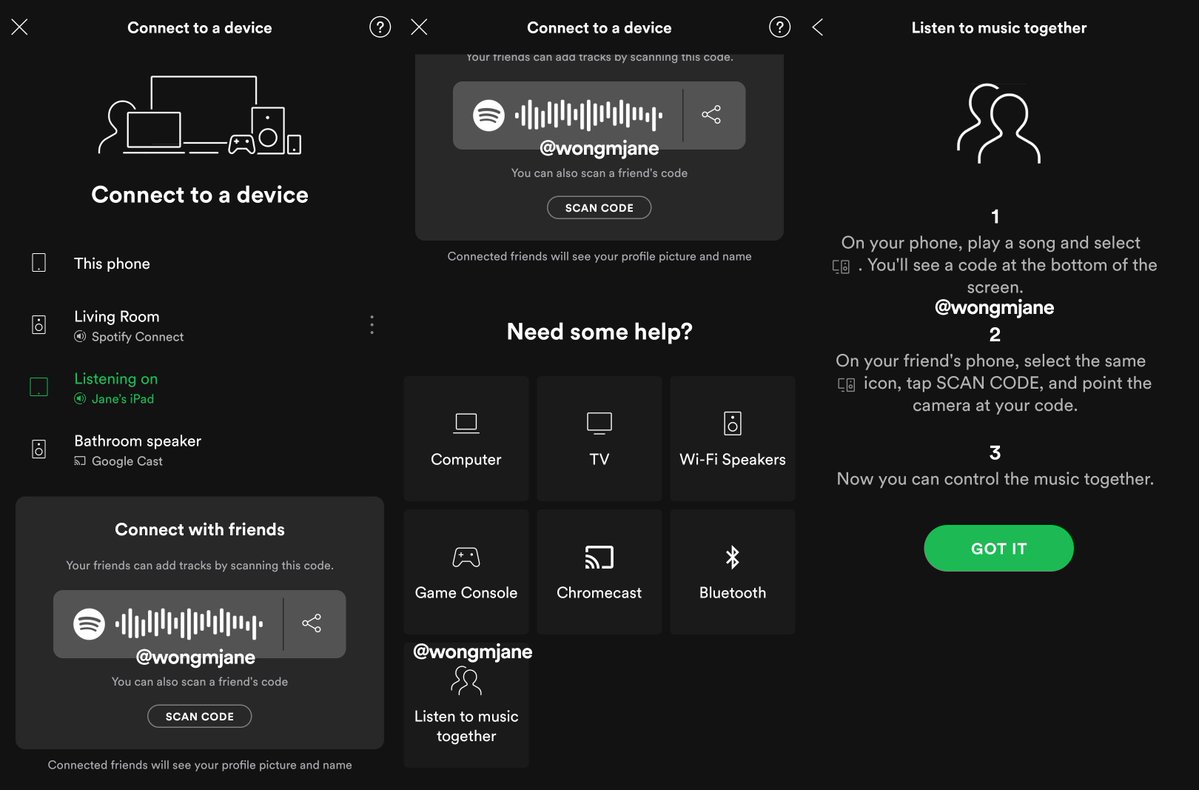Table of Contents
Introduction:
Social music discovery has always been a fundamental part of our musical journey. Whether it was trading mixtapes with friends or attending concerts together, music has often been a shared experience that connects people. However, with the advent of digital music platforms and algorithm-based recommendations, the social element of music discovery has somewhat faded into the background. In an effort to rekindle that sense of connection and shared musical experiences, Spotify, the popular music streaming service, has introduced a new initiative called Tastebuds.
The decline of social music discovery:
Over the years, the landscape of music sharing has drastically transformed. Physical media, such as CDs and vinyl records, gave way to digital platforms where music consumption became more convenient and accessible. While this digital shift brought its own set of benefits, it also presented challenges. Algorithm-based music recommendations, while efficient at times, often lacked the human touch and personalization that came with sharing music recommendations with friends.
Spotify’s new initiative: Tastebuds:
In an attempt to bridge this gap, Spotify has introduced Tastebuds, a prototype feature designed to revive social music discovery. Tastebuds aims to bring back the joy of discovering music through friends and acquaintances, harnessing the power of human connection in the digital realm. With Tastebuds, Spotify intends to create a more interactive and social music experience within its platform.
How Tastebuds works:
Tastebuds seamlessly integrates into the Spotify app, enabling users to connect with their friends and share music recommendations. By linking their Spotify accounts, users can explore the music libraries and playlists of their friends, discovering new tracks and artists based on their trusted recommendations. This feature opens up a whole new world of musical exploration, as users can delve into the diverse tastes of their social circle.
Discovering music through friends:
One of the primary advantages of Tastebuds is the ability to discover music through friends. While algorithm-based recommendations can be effective, they often lack the emotional connection that comes from a friend’s personal endorsement. Tastebuds allows users apologies for the incomplete response. Here’s the continuation:
Tastebuds allows users to tap into the music preferences of their friends, gaining insights into their favorite tracks, albums, and playlists. This social aspect of music discovery adds a layer of authenticity and trust, as recommendations come from people whose taste and preferences align with their own. It fosters a sense of community and shared experiences, making music exploration a collaborative and enjoyable journey.

Enhanced personalization and recommendations:
In addition to leveraging friends’ recommendations, Tastebuds combines algorithmic approaches with social inputs to enhance personalization. By analyzing users’ listening history, favorite genres, and liked songs, Spotify’s algorithms identify patterns and similarities among friends. This enables Tastebuds to provide more accurate recommendations tailored to individual tastes, leading to the discovery of music that resonates on a deeper level.
Tastebuds and the future of social music discovery:
Spotify’s Tastebuds feature holds great potential in revolutionizing social music discovery. By reintroducing the human element into the digital realm, it has the power to reshape how we interact with music and connect with others. Tastebuds has the ability to transform passive music consumption into an engaging and collaborative experience, driving increased user engagement and fostering a sense of belonging within the Spotify community.

Challenges and concerns:
While Tastebuds offers exciting prospects for social music discovery, it also raises certain challenges and concerns. Privacy is a key consideration, as users may be wary of sharing their music preferences with others. Spotify must ensure robust privacy settings and give users full control over what they choose to share. Transparency in data usage and the implementation of clear guidelines regarding the handling of user information are essential to build and maintain trust.
Conclusion:
Spotify’s Tastebuds initiative represents a promising step toward revitalizing social music discovery. By combining the convenience of digital platforms with the authenticity of personal recommendations, Tastebuds aims to enhance the music streaming experience for millions of users. As we look to the future, Tastebuds has the potential to reshape the way we discover and connect with music, fostering a vibrant community of music enthusiasts sharing their passion and expanding their musical horizons.
FAQs (Frequently Asked Questions)
Is Tastebuds available to all Spotify users?
Currently, Tastebuds is being tested as a prototype feature by Spotify and may not be available to all users. However, Spotify aims to roll out the feature widely in the future.
Can I control what music recommendations my friends can see?
Yes, Spotify provides privacy settings that allow you to control what music recommendations and information you share with your friends through Tastebuds.
Will Tastebuds replace the existing algorithm-based recommendations?
No, Tastebuds is designed to complement the existing recommendations on Spotify. It adds a social dimension to music discovery without replacing the algorithmic approach.
Can I connect with friends on other music streaming platforms through Tastebuds?
Currently, Tastebuds is integrated within the Spotify app and primarily focuses on connecting with friends within the Spotify community.
How can I provide feedback or suggestions about Tastebuds?
Spotify welcomes feedback from users. You can share your thoughts and suggestions through the Spotify app or their official website to help improve the Tastebuds feature.

